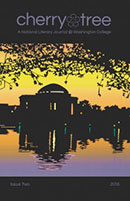 Cherry Tree: A National Literary Journal is a new print annual of poetry, fiction, and creative nonfiction from Literary House Press at Washington College. While Washington College is a small liberal arts college that takes great pride in its undergraduate creative writing program, Founder and Editor Jehanne Dubrow realized the one thing it lacked (in comparison to peer institutions) was a national literary journal, a publication that provided the opportunity for undergrad students to participate actively in the wider literary world and the current conversations happening there. “Cherry Tree was a long time coming for us and we’re so glad to be here at last!”
Cherry Tree: A National Literary Journal is a new print annual of poetry, fiction, and creative nonfiction from Literary House Press at Washington College. While Washington College is a small liberal arts college that takes great pride in its undergraduate creative writing program, Founder and Editor Jehanne Dubrow realized the one thing it lacked (in comparison to peer institutions) was a national literary journal, a publication that provided the opportunity for undergrad students to participate actively in the wider literary world and the current conversations happening there. “Cherry Tree was a long time coming for us and we’re so glad to be here at last!”
As may seem obvious, the name Cherry Tree honors George Washington, but perhaps less well known, the editors share, is the fact that, “in 1782, Washington gifted ‘the College at Chester’ 50 guineas, consented to serve on its Board, and gave the educational institution permission to use his name. In the American imagination, George Washington is a figure who has come to represent both truth-telling and mythmaking. The famous story of the cherry tree—I can’t tell a lie, Pa; you know I can’t tell a lie. I did cut it with my hatchet.—reminds us that there is truth even in invention, that even apocrypha can convey the facts of life.”
Truth be told, Cherry Tree is extremely well-staffed for a start-up publication. Jehanne Dubrow is the author of five poetry collections, including most recently The Arranged Marriage (UNMP 2015). Her scholarly and teaching interests include creative writing, formal poetry, prosody, American Jewish literature, Holocaust studies, and the graphic novel. Managing Editor Lindsay Lusby, winner of the 2015 Fairy Tale Review Award in Poetry, is Assistant Director of the Rose O’Neill Literary House and Assistant Editor of the Literary House Press. Poetry & Creative Nonfiction Editor James is Associate Professor of English at Washington College, and Fiction Editor Kate Kostelnik earned her Ph.D in English from the University of Nebraska and her MFA from the University of Montana and now teaches at the University of Virginia in Charlottesville.
Cherry Tree also involves a staff of student screeners serving the first round of reading for all submissions during the open reading period. Selected works are moved up to Senior Readers, and then Fiction Editor, and Poetry & Creative Nonfiction Editor. Dubrow makes the final determination about which pieces will be published. Student screeners are all undergraduate students at Washington College (or very recent graduates) who have successfully completed the English Department’s Literary Editing & Publishing class.
Writers interested in submitting to the publication will appreciate the publication’s mission. According to the editors, “We are writers who value and publish well-crafted short stories, poems, and creative nonfiction essays that are not afraid to make us care. We want work that braves to be, that dares to be. We encourage well-informed work where the form understands its relationship with the content. We want pieces that seem wise, that are unafraid to confront topics that matter, and that speak with urgency, that beg for an ear to listen. We want to read vividly-drawn characters who challenge and enlarge our sympathy.”
Readers coming to Cherry Tree will find what the editors believe to be the best poems, short stories, and essays holding “the truth and lyricism of language above sentimentality and message-making” from both established and emerging writers. While readers may choose to “cherry-pick” pieces, the editors advocate reading a full issue from cover to cover, “because we always order the pieces in such a way as to create a sort of thematic story arc, making the reading experience more engrossing and meaningful.”
Previously published contributors include Rick Barot, Jericho Brown, Jennifer S. Cheng, Claudia Emerson, Vievee Francis, Anna Journey, Julie Kane, Roy Kesey, Matthew Lippman, Paul Lisicky, Matthew Olzmann, Emilia Phillips, sam sax, Bruce Snider, and Julie Marie Wade.
Cherry Tree opens for general submissions in the categories of poetry, fiction, and creative nonfiction from August 15 to October 15 each year via Submittable only.
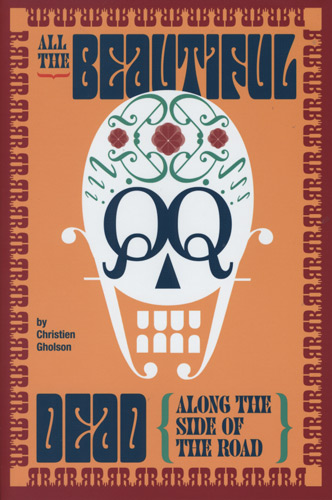 Bitter Oleander Press has announced Christien Gholson as the winner of the 2015 Bitter Oleander Press Library of Poetry Award. Gholson’s winning book All the Beautiful Dead was released last month.
Bitter Oleander Press has announced Christien Gholson as the winner of the 2015 Bitter Oleander Press Library of Poetry Award. Gholson’s winning book All the Beautiful Dead was released last month.
 Last month,
Last month,  Stereo. Island. Mosaic. by Vincent Toro was published in February. Winner of the
Stereo. Island. Mosaic. by Vincent Toro was published in February. Winner of the  Passages North #37 showcases the winners of their 2015 contests:
Passages North #37 showcases the winners of their 2015 contests: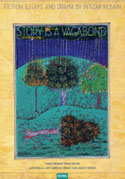
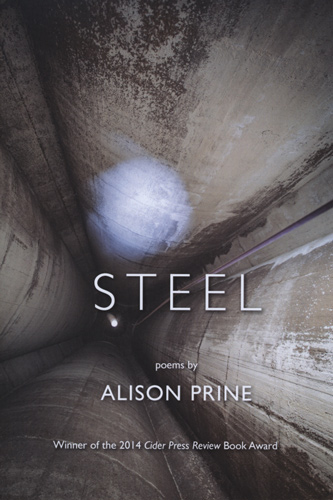 The
The 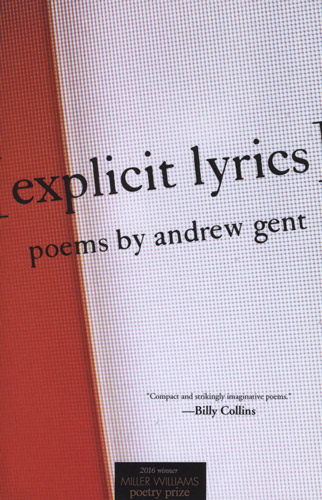 For almost a quarter century, The University of Arkansas Press annually has awarded the $5,000
For almost a quarter century, The University of Arkansas Press annually has awarded the $5,000  I’m a sucker for rich, gorgeous, thick layers of color, and this cover image on
I’m a sucker for rich, gorgeous, thick layers of color, and this cover image on 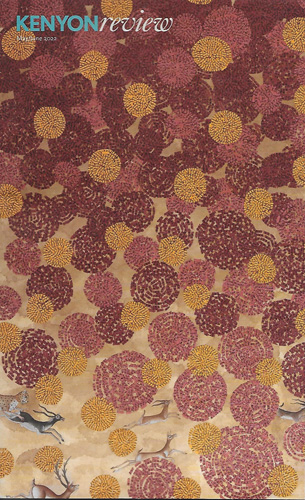
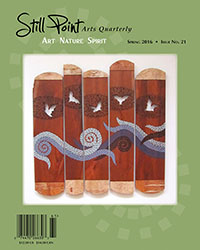
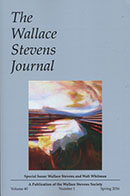 The newest issue of
The newest issue of 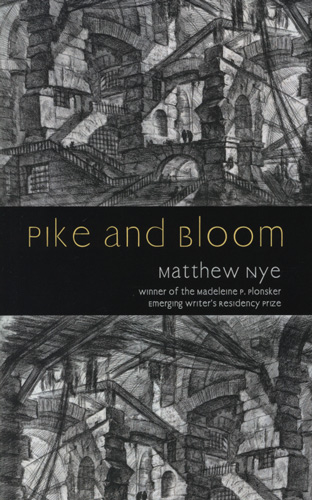 Each year, Lake Forest College awards its
Each year, Lake Forest College awards its 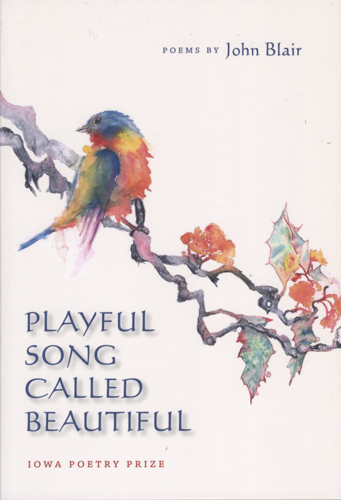 John Blair’s A Playful Song Called Beautiful, winner of the
John Blair’s A Playful Song Called Beautiful, winner of the 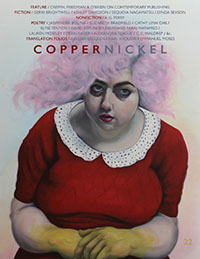 I simply couldn’t look away from
I simply couldn’t look away from 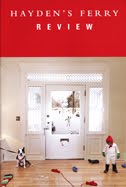 “Borderlands” is the theme of
“Borderlands” is the theme of 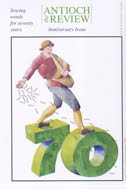 Now that
Now that 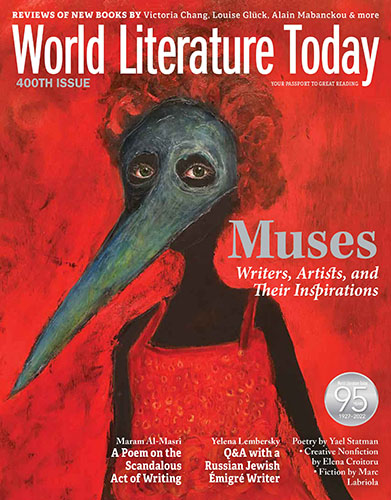 Guest edited by Bill Kartalopoulos, “International Comics” is the theme of the March-April 2016 issue of
Guest edited by Bill Kartalopoulos, “International Comics” is the theme of the March-April 2016 issue of 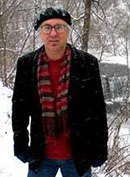 My route lassos the outskirts,
My route lassos the outskirts,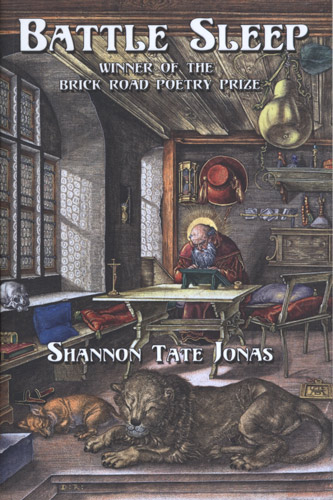 Brick Road Poetry Book Contest
Brick Road Poetry Book Contest Inspired by the same-named memoir,
Inspired by the same-named memoir, 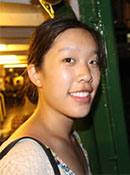 In her
In her 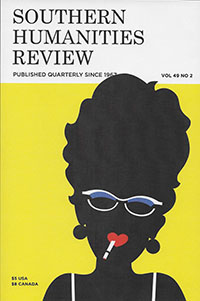 “Lubbock Woman” by Dirk Fowler takes the cover of
“Lubbock Woman” by Dirk Fowler takes the cover of 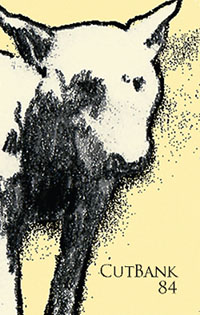 It’s a dog. Enough said. Margaret Darling is the artist for
It’s a dog. Enough said. Margaret Darling is the artist for 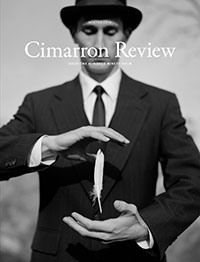 Definitely an eye-catching slight of hand,
Definitely an eye-catching slight of hand, 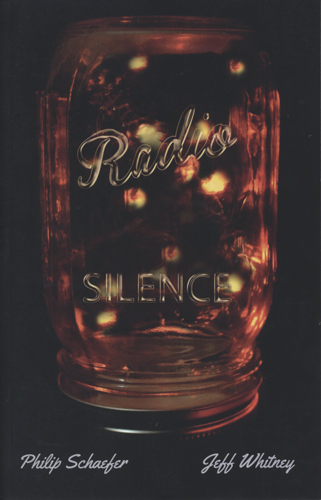 Philip Schaefer and Jeff Whitney’s collaborative Radio Silence was published by Black Lawrence Press last month. Winner of the
Philip Schaefer and Jeff Whitney’s collaborative Radio Silence was published by Black Lawrence Press last month. Winner of the 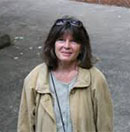 Sometimes, when we’re on a long drive,
Sometimes, when we’re on a long drive, Cherry Tree: A National Literary Journal
Cherry Tree: A National Literary Journal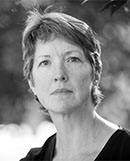 $1000 Lawrence Foundation Prize 2015
$1000 Lawrence Foundation Prize 2015 $500 Laurence Goldstein Poetry Prize
$500 Laurence Goldstein Poetry Prize $500 Page Davidson Clayton Prize for Emerging Poets
$500 Page Davidson Clayton Prize for Emerging Poets
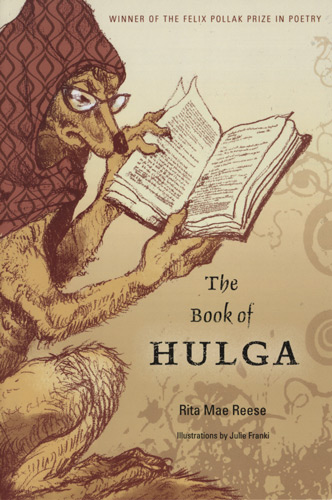 Rita Mae Reese’s The Book of Hulga, winner of the University of Wisconsin Press
Rita Mae Reese’s The Book of Hulga, winner of the University of Wisconsin Press 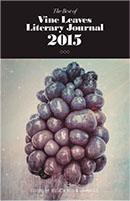
 Arcadia
Arcadia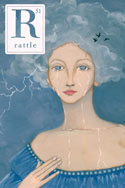 For
For  Albeit
Albeit